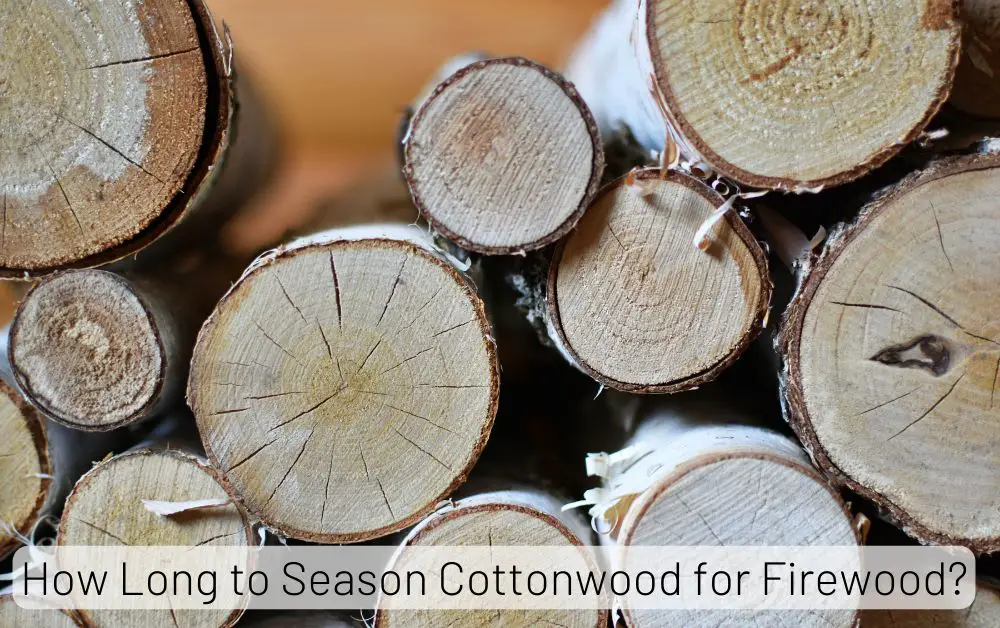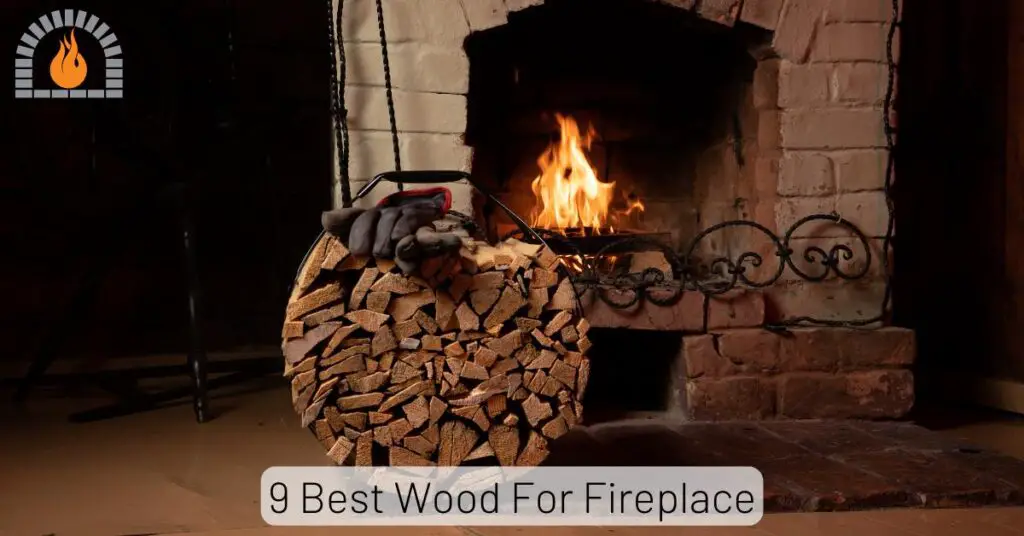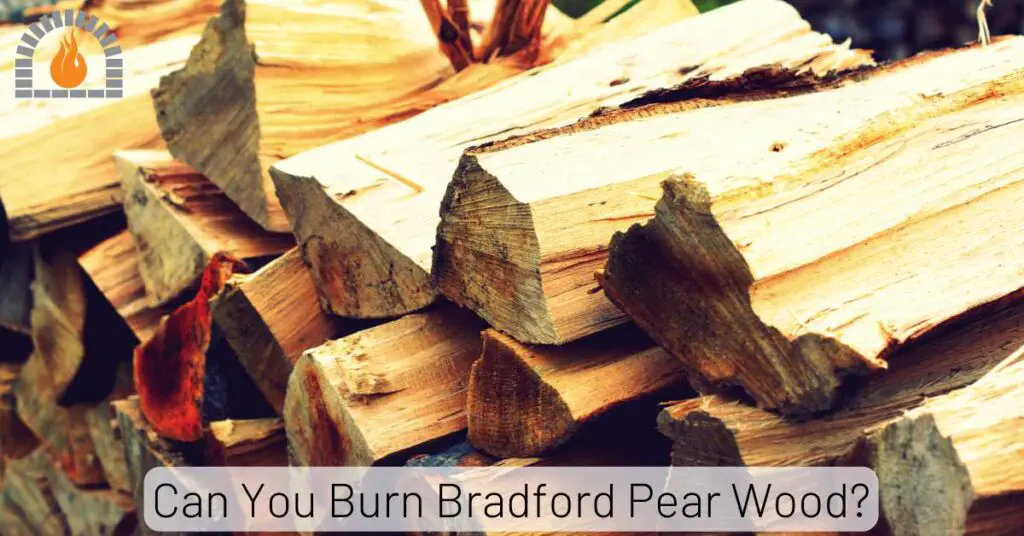Picture this: a chilly evening, cozy blankets, friends gathered around a glowing fire pit. Sounds perfect, right? But what if your fire sputters, sends thick smoke in everyone’s eyes, and refuses to burn hot enough? That’s what happens when you choose the wrong wood for your fire pit.
Selecting the right wood isn’t just about what’s lying around. It affects everything—how hot your fire burns, how long it lasts, how much smoke it produces, and even how it smells. Unfortunately, many people grab whatever they can find, unaware that not all firewood is created equal.
This guide will help you understand exactly which types of wood are best for fire pits. We’ll compare hardwoods and softwoods, dive into BTUs and burn time, and share a helpful chart to make choosing a breeze. Whether you’re throwing backyard parties or just want peaceful solo nights by the flame, knowing your firewood is a game-changer.
Let’s break it all down and help you pick the perfect firewood for your next outdoor gathering.
Key Stats Chart: Best Wood For Fire Pits
| Wood Type | BTU (Million/Cord) | Smoke Level | Scent Strength | Seasoning Time | Spark Risk | Best Use |
|---|---|---|---|---|---|---|
| Hickory | 28–32 | Low | Strong | 12–24 months | Low | Long burns, heat |
| Oak | 24–30 | Low | Mild | 12–24 months | Low | All-around use |
| Maple | 22–27 | Low | Mild | 6–12 months | Low | Clean burns |
| Cherry | 20–22 | Low | Strong | 6–12 months | Low | Ambiance, scent |
| Pine | 17–20 | High | Mild | 6 months | High | Kindling |
| Cedar | 12–18 | Moderate | Very Strong | 6–12 months | Moderate | Scented fires |
| Fir | 15–18 | Low | Mild | 6–12 months | Low | Kindling |
Use this table to plan your fire pit sessions—mix and match woods for your desired heat, scent, and burn time.
Best Hardwoods for Fire Pits
1. Oak
Oak is one of the most popular and widely available hardwoods for fire pits—and for good reason. It burns hot, produces steady flames, and lasts a long time. It’s also relatively easy to find and season.
- BTU rating: 24–30 million BTUs per cord
- Burn quality: Long, clean burn with little smoke
- Scent: Mild and woody
- Availability: High in most regions
The only catch? Oak takes longer to season (about 12–24 months) due to its density. But once ready, it’s hard to beat.
Hickory
Hickory is the king of firewood when it comes to heat and aroma. It’s denser than oak, produces even more heat, and gives off a rich, slightly sweet smell that’s incredibly satisfying.
- BTU rating: 28–32 million BTUs per cord
- Burn quality: Extremely hot and long-lasting
- Scent: Strong, pleasant, slightly sweet
- Availability: Moderate—can be pricey
It can be harder to split and more expensive, but it’s worth it if you want premium performance.
Maple
Maple is another great choice for fire pits. It’s slightly easier to split than oak or hickory and still offers excellent burn quality.
- BTU rating: 22–27 million BTUs per cord
- Burn quality: Clean, hot, and steady
- Scent: Mild and fresh
- Availability: High
Maple burns cleanly with very little smoke, making it great for those who hate stinging eyes.
Cherry
Looking for a beautiful flame and a fragrant burn? Cherry wood is your best bet. It burns well, adds color to the fire, and makes the whole yard smell incredible.
- BTU rating: 20–22 million BTUs per cord
- Burn quality: Moderate heat, nice color
- Scent: Sweet, fruity, strong
- Availability: Moderate, seasonal
Cherry wood is perfect for social gatherings—it impresses both visually and aromatically.
Best Softwoods for Fire Pits
Softwoods often get a bad rap, but they serve a specific purpose in the fire pit world. While they burn faster and create more sparks, they also ignite quickly, making them ideal for starting fires. Let’s explore some of the best softwoods you can use wisely and safely.
1. Pine
Pine is probably the most commonly available softwood, especially in North America. It’s affordable, easy to split, and lights up almost instantly. That said, pine isn’t ideal for the main fuel of your fire pit session.
- Ignition: Very fast
- Resin content: High – leads to crackling and sparks
- Smoke production: Moderate to high
- Best use: Kindling or short fires
Pine’s major drawback is its sap content. This sticky resin not only clogs up chimneys but also creates a high volume of creosote, increasing fire hazards. Use it wisely—great for starting fires, not so much for long-term burning.
2. Cedar
If you’re after a fire with a heavenly smell, cedar should be at the top of your list. It emits a delightful aroma that fills the air and adds to the atmosphere. Cedar burns hot and fast but isn’t meant for long-lasting fires.
- Scent: Outstanding, strong, and relaxing
- Burn time: Short – use it for ambiance
- Smoke level: Moderate
- Spark risk: Moderate
It’s also aesthetically pleasing, thanks to the blue and purple flames it sometimes produces. Great for romantic or special occasion fires, especially when combined with hardwoods for longevity.
3. Fir
Douglas fir and other firs are popular for quick and easy fires. They’re relatively clean for softwoods, with lower resin content compared to pine.
- Ignition: Fast and efficient
- Smoke production: Lower than other softwoods
- Cost: Budget-friendly and widely available
- Best use: Kindling or mixed with hardwoods
If you’re on a budget and want something that’s easy to light without creating too much mess, fir is a good go-to.
Pro Tip: Softwoods are best when used to start the fire, while hardwoods should be added to maintain heat and extend burn time. Think of softwood as your match, and hardwood as your stove.
Characteristics of Ideal Fire Pit Wood
So what makes firewood ideal for a fire pit? It comes down to a few critical characteristics, and once you know what to look for, making the right choice becomes second nature.
1. High BTU Output:
The best fire pit wood burns hot and lasts long. BTU ratings tell you how much heat a type of wood produces per cord. The higher the number, the better the performance. Hardwoods like hickory, oak, and maple often top the BTU charts.
2. Low Moisture Content:
Wood burns best when it’s seasoned (dried) for at least 6–12 months. Fresh or “green” wood contains lots of water, which leads to poor combustion, lots of smoke, and a weak fire. Aim for wood with a moisture content under 20%.
3. Clean Burning:
Nobody wants a fire that chokes everyone out with smoke. Well-seasoned hardwoods produce very little smoke compared to softwoods or damp logs. Less smoke also means less creosote buildup—safer for chimneys and your lungs.
4. Pleasant Aroma:
Want your fire pit to smell amazing? Go for wood that adds a touch of nature’s perfume. Cherry, apple, and cedar are known for their pleasing aromas. Bonus: it adds a relaxing vibe that makes evenings even more enjoyable.
5. Low Resin and Sap:
Resinous woods like pine can cause popping and dangerous sparks. They also leave sticky residue and build creosote quickly, which is risky in chimneys and fire pits.
In short, the best wood is hot-burning, low-moisture, clean, aromatic, and safe. Check your wood against this checklist before tossing it in your fire pit!
Hardwoods vs. Softwoods for Fire Pits
When it comes to firewood, there are two main categories: hardwoods and softwoods. Each has its own set of advantages and drawbacks, and knowing which is right for your fire pit can drastically improve your experience.
Hardwoods come from slow-growing, deciduous trees like oak, hickory, maple, and cherry. They’re denser, which means they:
- Burn longer
- Generate more heat
- Produce less smoke and fewer sparks
Because of these properties, hardwoods are generally considered the best choice for fire pits. They’re efficient, reliable, and give off steady heat with minimal fuss.
On the flip side, we have softwoods like pine, fir, and cedar. These trees grow faster and are less dense. As a result, softwoods:
- Ignite quickly
- Burn faster (but not as hot)
- Tend to produce more smoke and sparks
- Can be sticky due to sap and resin
Softwoods aren’t all bad, though. They’re excellent for kindling because they catch fire easily. They also cost less and are more readily available in many regions.
When should you choose one over the other?
If you’re planning a short, casual fire or just need quick kindling, softwoods like fir or pine can do the trick. But if you want a long-lasting, hot fire that doesn’t need constant tending, go with hardwoods.
In most cases, the best approach is to use softwood to start the fire and then add hardwood to maintain it. It’s the best of both worlds: easy ignition plus long-lasting performance.
Wood to Avoid in Fire Pits
Not all wood is safe to burn—even if it looks dry and solid. Some types can release toxins, damage your fire pit, or create hazardous sparks.
Treated or Painted Wood
Never, ever burn treated, stained, or painted wood. These pieces might come from old furniture, pallets, fences, or decks—and they’re often loaded with chemicals like arsenic, chromium, or formaldehyde.
Burning them releases toxic fumes into the air, which is dangerous to inhale and terrible for the environment. This type of wood also leaves behind sticky, corrosive residue that can damage your fire pit.
Green or Unseasoned Wood
As mentioned earlier, green wood is freshly cut and full of moisture. Burning it leads to:
- Thick smoke
- Inefficient heat
- Difficulty keeping the fire lit
- Excess creosote buildup
Some signs of green wood: it’s heavy, doesn’t crackle much, and feels cold and damp. Always season or dry it properly before use.
Softwoods with High Resin
Woods like pine, spruce, and hemlock can spit and spark due to their high resin and sap content. While not inherently toxic, they’re messy and pose a higher fire risk.
Also avoid:
- Driftwood: It may look appealing, but salt from the ocean can release chlorine gas when burned.
- Plywood or particleboard: These are manufactured with glues and chemicals that emit harmful fumes.
If in doubt, stick to seasoned, natural hardwoods. It’s safer, cleaner, and gives you the best fires.
Firewood Moisture Content and Seasoning
Here’s a hard truth: even the best wood will fail you if it isn’t properly seasoned. Unseasoned (or green) wood contains up to 50% moisture, which means your fire is spending more energy evaporating water than producing heat.
What is Seasoned Wood?
Seasoned wood is wood that has been allowed to dry out, reducing its moisture content to below 20%. This process takes time—usually 6–12 months depending on the wood type and environmental conditions.
Signs your wood is properly seasoned:
- It feels lighter
- It has visible cracks at the ends
- It sounds hollow when knocked together
- It burns with little smoke and no hissing
If your wood steams, smokes heavily, or hisses when it burns, it’s probably still too wet.
How to Season Wood Properly:
- Split the logs (speeds up drying)
- Stack them loosely with airflow on all sides
- Keep them off the ground using a wood rack or pallets
- Cover only the top to protect from rain but allow moisture to escape
Kiln-Dried vs. Air-Dried Wood
Kiln-dried wood is dried in a controlled oven to quickly remove moisture, usually down to 10-15%. It’s more expensive but burns better right away.
Air-dried wood is seasoned naturally over time. It’s cheaper but needs storage space and patience.
Here’s a comparison:
| Feature | Kiln-Dried Wood | Air-Dried Wood |
|---|---|---|
| Drying Time | Days to weeks | 6–24 months |
| Cost | Higher | Lower |
| Moisture Level | 10–15% | 15–20% (if seasoned properly) |
| Burn Quality | Excellent | Good (if fully dry) |
If you’re short on time or storage space, kiln-dried is worth the splurge. But if you plan ahead, air-drying works just fine and saves money.
Best Practices for Enjoying Fire Pit Evenings
Want your fire pit nights to be more than just warm? Let’s talk ambiance, comfort, and making every fire session something to remember.
Mix and Match Wood Types
For the best experience:
- Start with softwoods like pine or fir—they catch quickly and build an initial flame.
- Add hardwoods like oak or hickory for sustained heat and less smoke.
- Finish with aromatic woods like cherry or apple to infuse the air with a sweet, comforting scent.
This layered approach ensures a perfect balance between heat, ignition, and atmosphere.
Create a Cozy Setting
Set the mood with:
- Outdoor blankets or heated cushions
- Lanterns or string lights
- Low, comfortable seating (adirondack chairs are fire pit classics)
Play some music, bring out hot drinks, or even set up a s’mores station. Your fire pit can be the centerpiece of unforgettable evenings.
Be Prepared
Nothing kills the vibe like a fire that fizzles out or thick smoke that drives people away. Prep beforehand:
- Season wood ahead of time
- Store a mix of kindling and hardwood
- Keep tools nearby (tongs, gloves, poker, water bucket)
Having a plan makes everything go smoother—and lets you focus on relaxing instead of fixing fire issues.
FAQs
Can I burn construction wood in my fire pit?
No. Most construction wood is treated, painted, or glued. Burning it releases harmful chemicals like formaldehyde, arsenic, and lead.
How long should wood be seasoned before use?
It depends on the wood type. Hardwoods like oak and hickory take 12–24 months. Softwoods like pine or fir may be ready in 6–12 months.
Is hardwood always better than softwood?
For long burns and heat, yes. But softwoods are great for kindling and quick fires. Best practice? Use both.
What wood gives off the best aroma?
Cherry, apple, cedar, and hickory are favorites. They add a sweet or spicy scent that enhances the experience.
How do I know if wood is properly dried?
Check for cracks at the ends, a hollow sound when tapped, and light weight. Seasoned wood burns easily with little smoke or hissing.

Affiliate Disclosure: Fireplaceadviser.com is a participant in the Amazon Services LLC Associates Program. We may earn a commission when you click on certain links on this site and purchase.

Hello!! I am Jamal Khan. I often fix my home electric heaters and gas stove problems and research the common issues in the heating units to improve my knowledge and expertise. The aim of establishing fireplaceadviser.com is to share my expertise and knowledge with my audience.


















